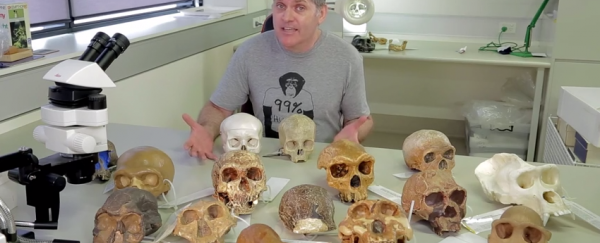
Humans are undeniably multicultural, and many people believe that our differences reflect where our ancestors came from. But do different human races really exist? As the latest episode of UNSW TV's 'How Did We Get Here?' explains, from a scientific point of view, races simply aren't real. In fact, the evidence originally used to divide Homo sapiens up into cultural groups was retro-fitted at best, and patchy at worst.
In the video above, evolutionary biologist Darren Curnoe from UNSW Science explains how the human races were described at the whim of scientists to make nature easier to pigeon hole.
And to fit people into their pre-prepared races, they used pretty much anything as evidence - from skull shape, IQ and eye colour, to languages spoken and cultural differences - anything that could be used to link people from the same geographic origins together was used. But despite their shoddy origins, the idea of the different human races is perhaps one of the most enduring myths in modern society.
The real death knell came with the advent of genetics in the 1960s. Scientists are now able to study the differences in DNA and have found that, as a species, we're actually not that diverse - in fact we're far less diverse than our chimpanzee cousins. And while there is some genetic difference between populations living on different continents, it's swamped in comparison to the differences within those populations.
So what's the most genetically diverse population on the planet? The answer might surprise you, because it's the one that's most commonly lumped together as a single race. Watch the video above to find out more, and don't forget to subscribe to get a new episode each fortnight.
Love science? Find out more about the world-leading research happening at UNSW Science.
